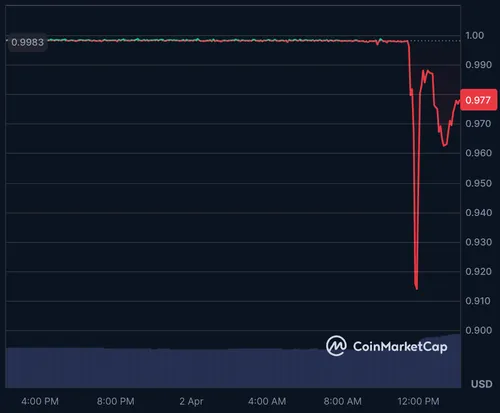Mastering React Hooks as a beginner - useMemo()
useMemo – Memoizing in React useMemo is a hook that helps you memoize the result of a function so React doesn’t have to recalculate it unless necessary. In development, memoizing is an optimization technique where the result of a function is cached so it doesn’t have to be recalculated every time. Syntax const memoizedValue = useMemo(() => computeSomething(input), [input]); The first argument is a function that returns the value you want to memoize. The second is an array of dependencies — the memoized value will only update if one of these changes. Example: Favorite Fruit Search import React, { useState, useMemo } from 'react'; const fruits = ["Apple", "Banana", "Orange", "Mango", "Pineapple"]; function FruitSearch() { const [query, setQuery] = useState(""); const filteredFruits = useMemo(() => { console.log("Filtering fruits..."); return fruits.filter(fruit => fruit.toLowerCase().includes(query.toLowerCase()) ); }, [query]); return ( setQuery(e.target.value)} placeholder="Search your favorite fruit" /> {filteredFruits.map(fruit => {fruit})} ); } export default FruitSearch; The filteredFruits value only updates when query changes. If you type in the input, it filters. But if you click other buttons in the app (not shown), it won't redo the filter. When Should You Use useMemo? If you have heavy calculations. When rendering large lists that depend on props or state. When child components re-render unnecessarily due to props. When You Should'nt? Don’t just sprinkle useMemo everywhere. It adds some overhead too. If your function is fast and your app is snappy — you probably don’t need it.

useMemo – Memoizing in React
useMemo is a hook that helps you memoize the result of a function so React doesn’t have to recalculate it unless necessary.
In development, memoizing is an optimization technique where the result of a function is cached so it doesn’t have to be recalculated every time.
Syntax
const memoizedValue = useMemo(() => computeSomething(input), [input]);
- The first argument is a function that returns the value you want to memoize.
- The second is an array of dependencies — the memoized value will only update if one of these changes.
Example: Favorite Fruit Search
import React, { useState, useMemo } from 'react';
const fruits = ["Apple", "Banana", "Orange", "Mango", "Pineapple"];
function FruitSearch() {
const [query, setQuery] = useState("");
const filteredFruits = useMemo(() => {
console.log("Filtering fruits...");
return fruits.filter(fruit =>
fruit.toLowerCase().includes(query.toLowerCase())
);
}, [query]);
return (
setQuery(e.target.value)}
placeholder="Search your favorite fruit"
/>
{filteredFruits.map(fruit => - {fruit}
)}
);
}
export default FruitSearch;
- The filteredFruits value only updates when query changes.
- If you type in the input, it filters. But if you click other buttons in the app (not shown), it won't redo the filter.
When Should You Use useMemo?
- If you have heavy calculations.
- When rendering large lists that depend on props or state.
- When child components re-render unnecessarily due to props.
When You Should'nt?
Don’t just sprinkle useMemo everywhere. It adds some overhead too. If your function is fast and your app is snappy — you probably don’t need it.






































































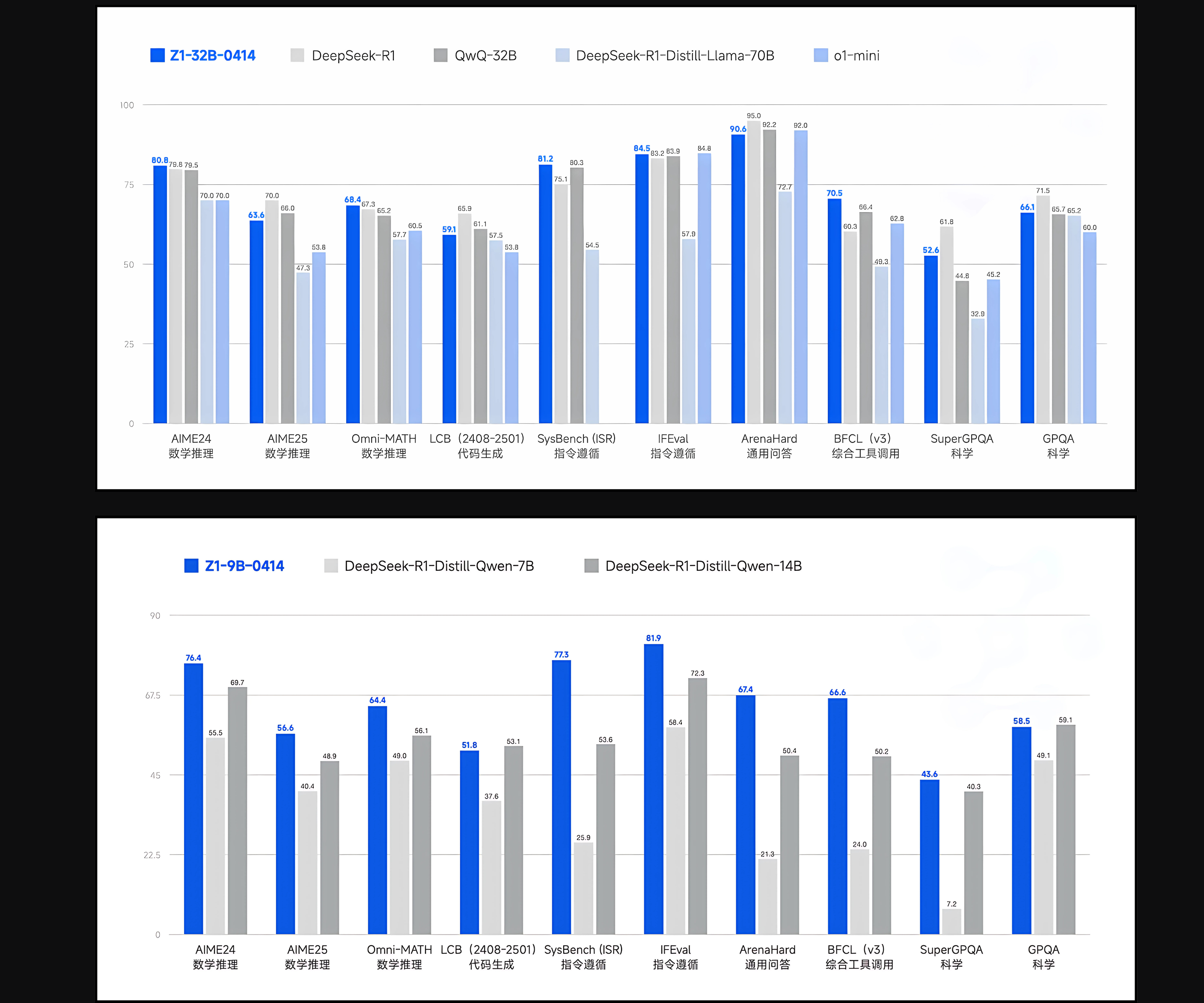





































































































![[The AI Show Episode 143]: ChatGPT Revenue Surge, New AGI Timelines, Amazon’s AI Agent, Claude for Education, Model Context Protocol & LLMs Pass the Turing Test](https://www.marketingaiinstitute.com/hubfs/ep%20143%20cover.png)










































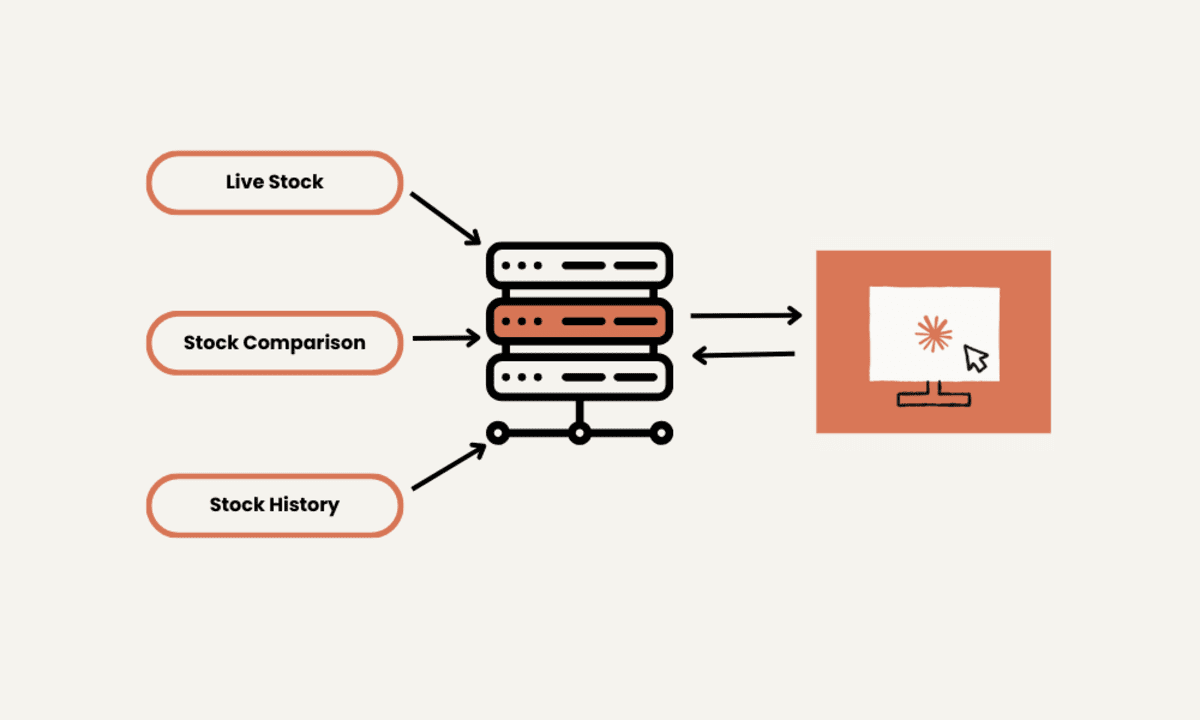



































































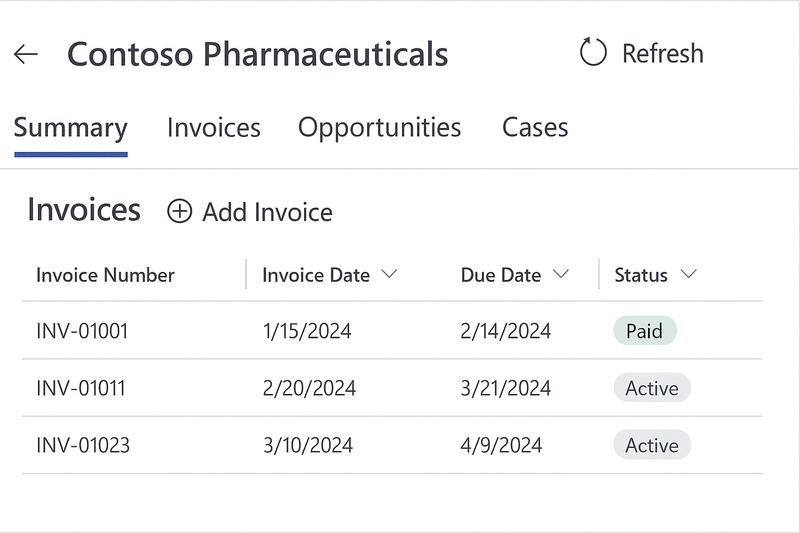




































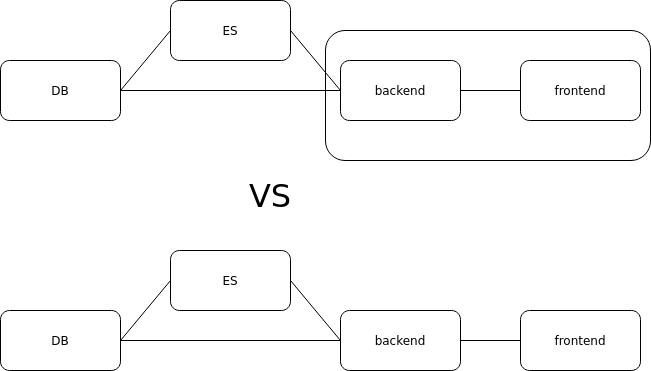

















































































.png?#)






















.webp?#)
.webp?#)


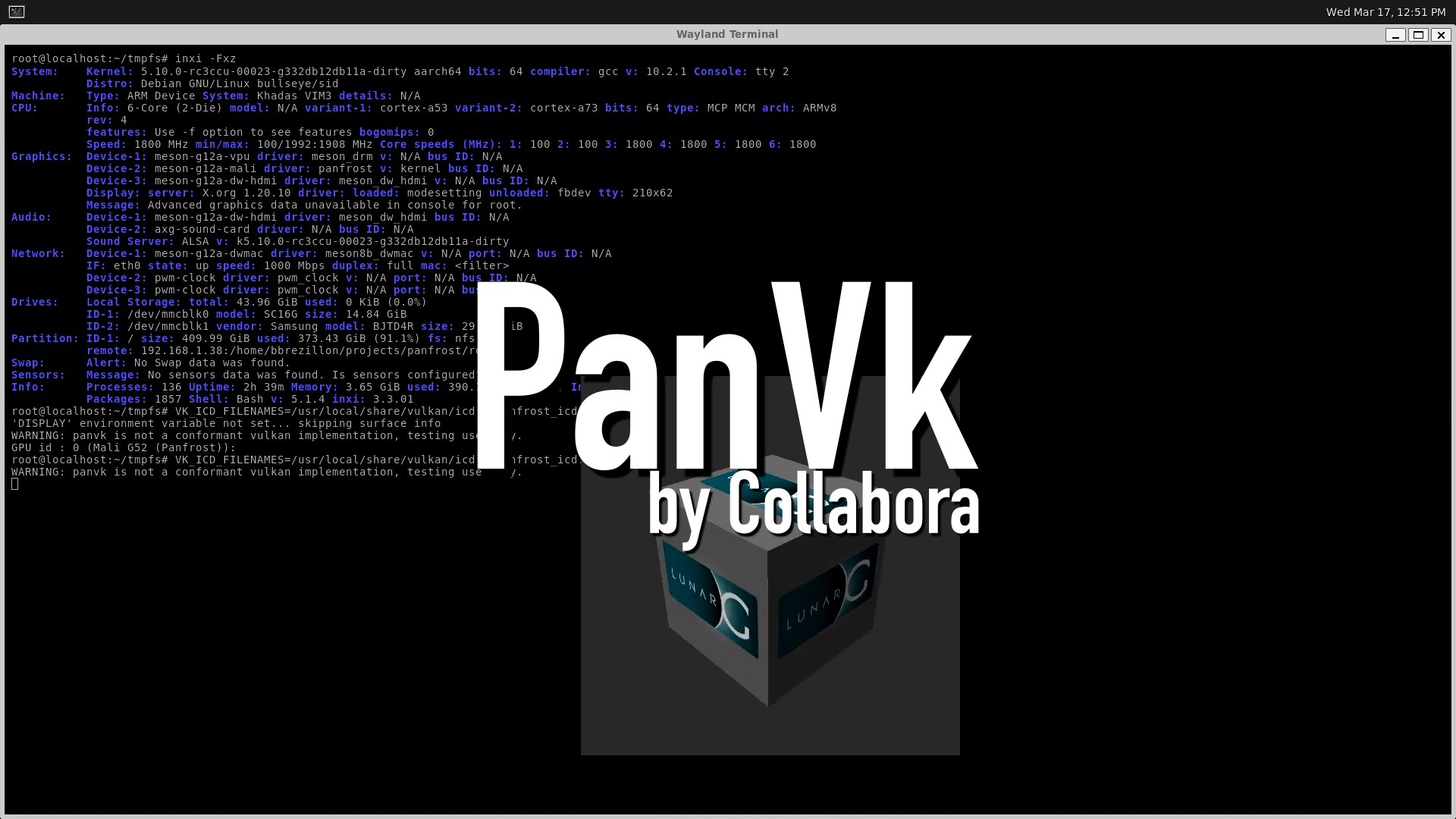










.webp?#)
























































































![[Fixed] Gemini app is failing to generate Audio Overviews](https://i0.wp.com/9to5google.com/wp-content/uploads/sites/4/2025/03/Gemini-Audio-Overview-cover.jpg?resize=1200%2C628&quality=82&strip=all&ssl=1)

![What’s new in Android’s April 2025 Google System Updates [U: 4/14]](https://i0.wp.com/9to5google.com/wp-content/uploads/sites/4/2025/01/google-play-services-3.jpg?resize=1200%2C628&quality=82&strip=all&ssl=1)













![Apple Seeds tvOS 18.5 Beta 2 to Developers [Download]](https://www.iclarified.com/images/news/97011/97011/97011-640.jpg)
![Apple Releases macOS Sequoia 15.5 Beta 2 to Developers [Download]](https://www.iclarified.com/images/news/97014/97014/97014-640.jpg)











































































































